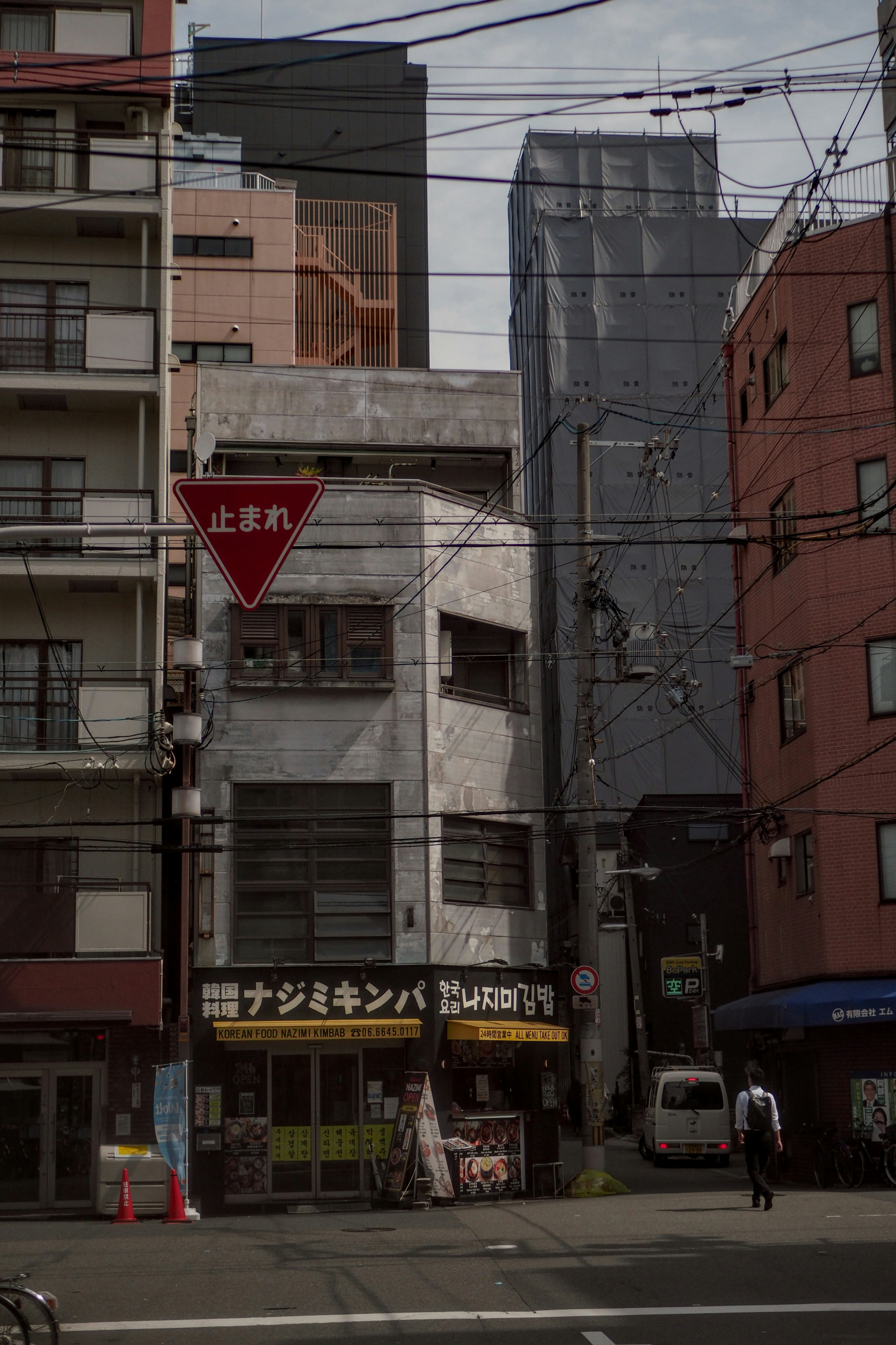.svg)
Discover Affordable Living: Exploring $500 Homes in Japan
.svg)
.svg)
.svg)

Can you buy a home near a nuclear zone in Japan? Learn what to consider, where it’s safe, and how Old Houses Japan helps you buy with confidence.


Japan’s akiya boom has revealed a wide range of ultra-cheap properties across the country—but occasionally, a deal might seem too good to be true. Maybe it's a large home near the sea, listed at rock-bottom prices, in a town you’ve never heard of… and when you dig deeper, you realize: it's near a nuclear zone.
So how close is too close? Are these properties safe? Can foreigners even buy in these areas? And what are the long-term implications—financially and physically?
Here’s what you need to know about buying akiya near former or active nuclear evacuation zones in Japan.

After the 2011 Great East Japan Earthquake and the Fukushima Daiichi nuclear disaster, areas within a certain radius of the plant were declared evacuation zones, later categorized as:
Over time, many of these zones have been partially reopened as radiation levels declined and decontamination efforts progressed.
But the stigma—and the logistical challenges—remain.
Primarily in eastern Fukushima Prefecture, especially:
Some of these towns are now partially or fully reopened, while others remain largely abandoned.
Beyond Fukushima, areas near other nuclear plants (like in Niigata, Ehime, or Ibaraki) are not restricted, but can carry similar concerns or stigma.
Properties near nuclear zones can be shockingly affordable—sometimes listed for free or just the cost of taxes. Reasons include:
Even homes that were never officially contaminated may lose value simply due to proximity or perception.
According to Japanese government reports, most reopened zones:
However:
✅ Tip: If you're seriously considering one of these properties, invest in a Geiger counter reading or radiation report from a certified environmental firm.
💬 Social stigma
Even if radiation is no longer a health issue, the association can hurt resale value or discourage guests and renters.
🚫 Limited services
Some reopened towns still lack full infrastructure, including hospitals, schools, or public transport.
📉 Resale and insurance challenges
Banks may be reluctant to offer financing, and insurers could impose conditions for coverage in previously evacuated zones.
🛠 Hidden property damage
Homes abandoned for years may have mold, structural damage, or overgrown lots—not related to radiation, but still expensive to fix.
In many cases, these properties are legally sound and physically safe—but it’s important to approach with open eyes, not just open wallets.
There’s no universal answer—but here are some general guidelines:
🚫 Inside “Difficult-to-Return” Zones: Avoid unless you’re part of a government-supported redevelopment program or extremely committed to risk.
⚠️ Within 10–20 km: Do your homework. Get a radiation reading. Check city office plans for revitalization.
✅ 20+ km away with lifted orders: Often perfectly safe, but may still carry stigma or logistical limits.
📌 Rule of thumb: Just because it’s allowed doesn’t mean it’s ideal. But just because it’s nearby doesn’t mean it’s dangerous.
We assist buyers by:
Whether you’re looking for a moonshot investment or a quiet life on the edge of forgotten history, we’ll help you buy smart, not scared.
Buying akiya near nuclear zones isn’t for everyone—but it isn’t automatically a no-go either. With the right research and realistic expectations, it could be a bold and meaningful move.
Curious about a property near a former evacuation zone? Old Houses Japan is here to help you evaluate, investigate, and decide with confidence.
Start your journey with Luxey today! Sign up for free and get instant access to the best property listings.



